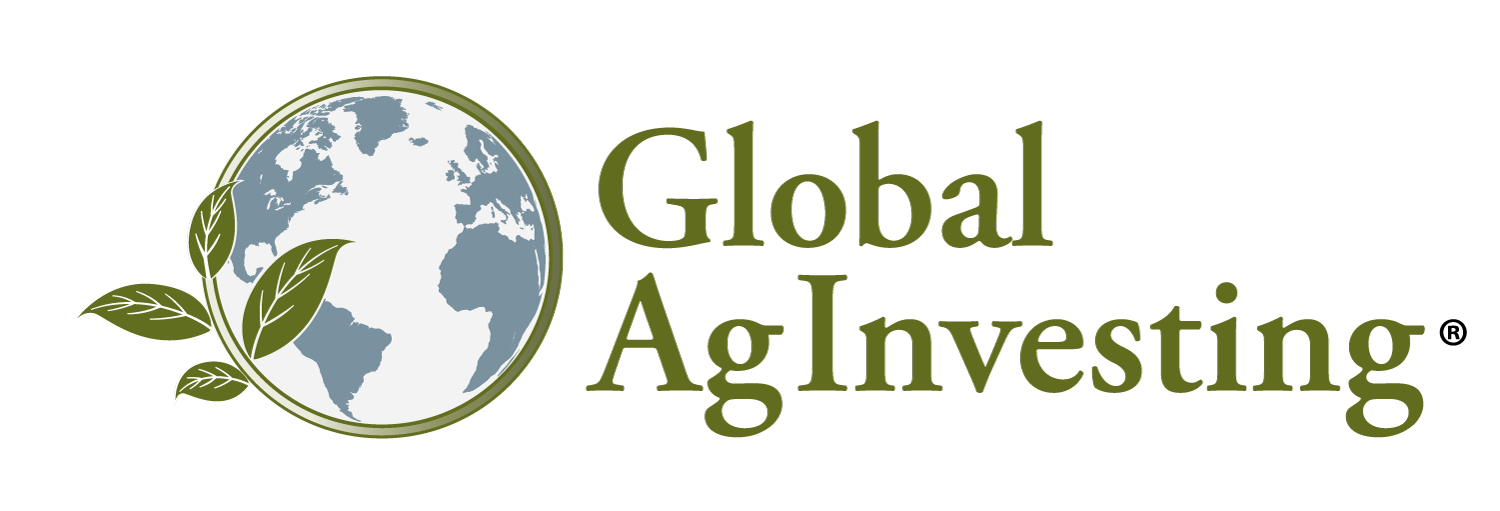March 16, 2020
By Lynda Kiernan
Since 1980, global consumption of salmon has more than tripled as demand for protein also climbs. And as wild stocks grow more depleted, salmon farming is stepping in to bridge the gap between market demand and production, with expectations that the market volume will grow at a CAGR of 3.9 percent between 2019-2024 to reach 4.7 million tons.
Positioning to capitalize upon this outlook, 8F Asset Management, the Singapore-based parent company of Pure Salmon, has raised US$358 million to fund a global expansion that would see Pure Salmon RAS facilities established in Poland, Japan, France, and the U.S.
“We are developing a global business in the aquaculture sector, to produce Atlantic salmon in a clean, bio-secure way — free of antibiotics and pollution from the seas,” Karim Ghannam, co-founder of 8F, told Hubbis in August 2018.
The capital raised by the private equity impact investor was committed by “leading family and institutional investors including several sovereign wealth funds, insurance companies, and pension funds from Europe, Asia, the Middle East, and the United States”, with additional funding from AquaMaof Aquaculture Technologies, Pure Salmon’s RAS technology partner.
“With this highly successful asset raise we have reached a critical milestone in the development of Pure Salmon and have truly begun our journey towards 260,000 tons p.a. production of sustainable salmon,” said Stephane Farouze, board director of Pure Salmon and chairman and founder of 8F Asset Management. “What’s more, having attracted such a highly respected group of investors, shows the level of confidence in the potential of the land-based aquaculture industry and in the ability of Pure Salmon and 8F to successfully deliver their vision.”
This capital is in addition to previous investments announced in support of Pure Salmon’s strategic expansion plans. In November 2018 8F Asset Management announced its plans to invest US$162 million to build an industrial-scale salmon farm in Japan that was the first in a string of projects.
Once completed, the fully integrated land-based salmon farming facility will be the largest to use a recirculating aquaculture system (RAS) in Asia. The site will total approximately 137,000 square meters, and will include hatcheries, grow-out operations, and processing capabilities, and is expected to have an annual production capacity of 10,000 tons.
In July of the following year, the company announced plans to invest $250 million to build a state-of-the-art RAS facility in Lesotho, Africa, in partnership with the Lesotho National Development Corporation (LNDC).
Scheduled to be completed by 2023, the facility will be powered entirely by renewable energy, will generate 250 jobs, and will provide one million free salmon meals to local schools and orphanages each year for the first decade in operation. In addition, each community that provides unused land for the farm will be granted ownership shares in the operation.
In February of last year the company also announced that it had chosen Tazewell County, Virginia, as the location for its American site, which will be home to another 20,000 tons per-year RAS farming facility, and had chosen Bologne-Sur-Mer, France for its EU location. In the Middle East, Pure Salmon has opened a new Abu Dhabi headquarters in the UAE, which will include management, aquaculture technology development, sales and marketing teams, construction planning and execution activity, and finance and accounting.
Construction on the U.S. and EU sites is scheduled to begin in late 2020 with production of its first fish for commercial use to begin in 2023. Construction on the Japanese site is expected to begin within the coming months, and is also expected to begin commercial-scale salmon production by 2023.
“The French government has offered a fast-track process to obtain all necessary permitting by autumn this year,” said the company. “Pure Salmon has contracted three local specialist companies to execute geotechnical studies, hydrogeological studies, and permit application assistance. As both Japan and France are 10,000-ton projects, the French facility will share many common design features of the Japanese facility, which helps the design process to be quicker. The company is in discussions with construction partners, with a view to break ground before year-end provided the permitting is completed as expected.”
Each of these farms, including other projects ongoing in China, and Southeast Asia, will use technology developed by AquaMaof to produce its salmon, which the company plans to import into its launch areas months before production begins, to familiarize consumers with its brand.
– Lynda Kiernan is Editor with GAI Media and daily contributor to the GAI News and Agtech Intel platforms. If you would like to submit a contribution for consideration, please contact Ms. Kiernan at lkiernan@globalaginvesting.

Let GAI News inform your engagement in the agriculture sector.
GAI News provides crucial and timely news and insight to help you stay ahead of critical agricultural trends through free delivery of two weekly newsletters, Ag Investing Weekly and AgTech Intel.




